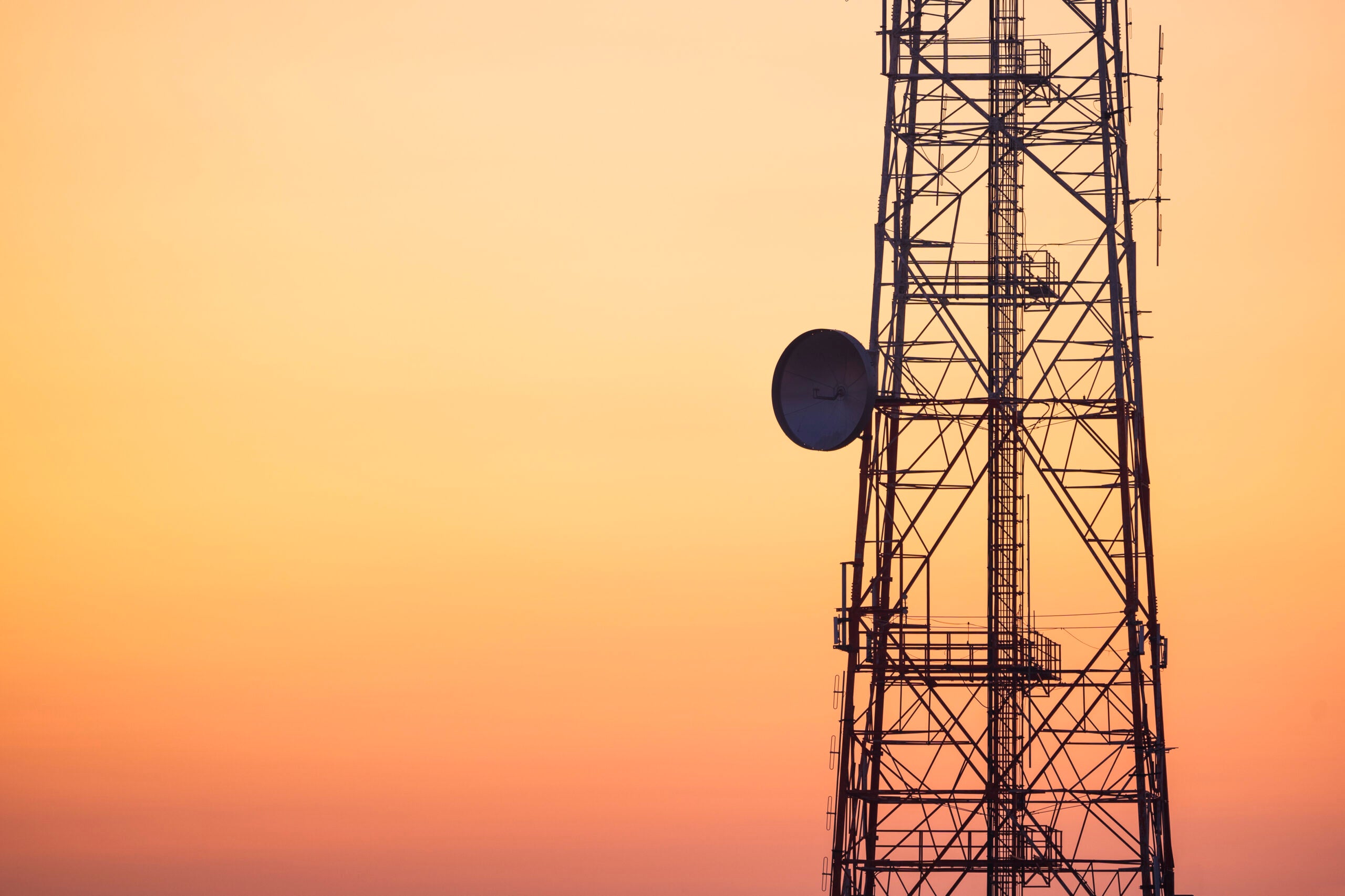If you’ve been struggling with getting high-speed internet where you live, your state will receive federal money to change that.
The Broadband Equity, Access and Deployment Program (BEAD) is a federal program that will provide federal funding to expand high-speed internet access across the U.S. and its territories.
Each state is eligible for at least $100 million for broadband infrastructure deployment and can request up to $5 million in initial planning funds. The U.S. territories are eligible to receive at least $25 million and can request up to $1.25 million in initial planning funds. So far, over $55 million in planning funds has been allocated to various states and territories.
The BEAD program is funded by the Bipartisan Infrastructure Law, which awarded $65 billion in broadband infrastructure deployment last year. $42.45 billion of that sum is the BEAD funding, which will be allocated to the states and territories to deploy broadband infrastructure in unserved and underserved areas.
In November, The National Telecommunications and Information Administration (NTIA) announced its hopes for allocating the funding by June 30, 2023. Each recipient will then deploy subgrants to begin building out broadband infrastructure.
How will BEAD improve broadband availability?
In early 2022, the NTIA released the notice of funding opportunity (NOFO) for the program stating that funding will first focus on unserved and underserved locations before being allocated to community anchor institutions, such as schools and hospitals lacking adequate service.
The NTIA defines an unserved location as a broadband-serviceable location that has no access to broadband service or lacks service with download speeds of at least 25 Mbps and upload speeds of 3 Mbps.
An underserved location is defined as a broadband-serviceable location lacking access to reliable internet service with download speeds of at least 100 Mbps and upload speeds of 20 Mbps.
This means that BEAD grant recipients will largely focus on building out broadband service in areas that truly need it, and that these areas will take first priority.
How are unserved and underserved locations identified?
These locations are being identified through the Federal Communication Commission’s (FCC) new broadband availability maps released on Nov. 18. The broadband availability maps provide information about where internet service is available in individual locations throughout the country.
In the past, these maps have been notorious for being unreliable and inaccurate. The FCC reported the number of Americans without broadband access as much lower than the actual figure. This has made it difficult for unserved and underserved areas to get the broadband funding they need.
The FCC has since begun to rectify this problem, launching the Broadband Data Collection Program (BDC) last summer to collect more accurate broadband data to create new maps.
While new maps have been released, the FCC states that they are just first drafts and are a “step forward in building more accurate, more granular broadband maps, which are long overdue and mandated by Congress.”
What’s next?
The NTIA expects to release the funding for the program by June 30, 2023. Leading up to this expected date, participating entities in the program must submit initial and final proposals for approval by the NTIA.
Once an initial proposal is approved, the NTIA will release 20% of the funding, with the remaining 80% being awarded after the approval of a final proposal.
Currently, participating entities have until Jan. 13, 2023 to submit challenges to the FCC’s new broadband maps, which will determine the bulk of funding allocation. The challenges will largely consist of whether certain areas qualify as unserved or underserved.
Allconnect: Let us compare providers for you
Why should you choose Allconnect? We’re the #1 broadband marketplace in the U.S, meaning you can trust us to search, compare and order internet and TV service for your home.
Get started

Written by:
Camryn Smith
Cammy is a writer with Allconnect, growing her broadband industry knowledge for over a year on the internet marketplace. Her expertise lies in home internet and broadband service with a focus on providers, plans…
Read more
Edited by:
Robin LaytonEditor, Broadband Content
-
Featured
![ACP program allows eligible households to get high-speed internet for free]() ACP program allows eligible households to get high-speed internet for free Robin Layton — 2 min read
ACP program allows eligible households to get high-speed internet for free Robin Layton — 2 min read -
Featured
![Grants awarded for high-speed internet on Tribal lands]() Grants awarded for high-speed internet on Tribal lands Robin Layton — 2 min read
Grants awarded for high-speed internet on Tribal lands Robin Layton — 2 min read -
Featured
![New FCC broadband maps are here, promising a better picture of your internet options]() New FCC broadband maps are here, promising a better picture of your internet options Robin Layton — 3 min read
New FCC broadband maps are here, promising a better picture of your internet options Robin Layton — 3 min read
Latest
-
Friday, April 19, 2024
Can other Wi-Fi networks interfere with mine?Robin Layton — 4 min read
-
Thursday, April 18, 2024
Comcast introduces new pre-paid internet, mobile and streaming plansRobin Layton — 2 min read
-
Thursday, April 18, 2024
T-Mobile imposes data cap of 1.2TB/mo.Robin Layton — 2 min read






